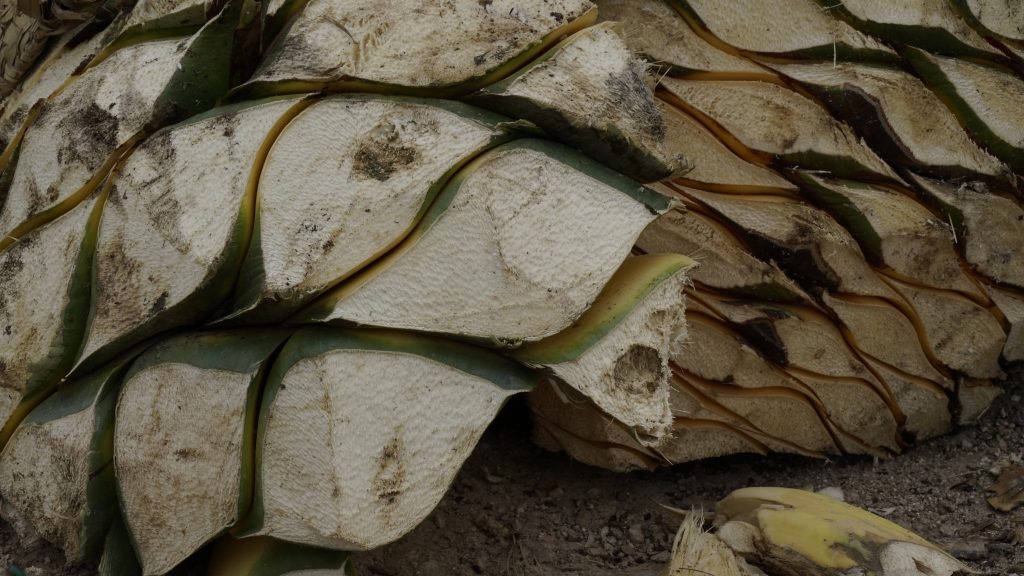In this episode of the Popular Mechanics series “MADE HERE,” they head to Mexico to learn about the heart and soul that goes into making mezcal.
Mezcal can be a relaxing afterwork beverage or a lively mixer for a party cocktail. For Luis Jaime Pérez Sánchez, the spirit is a symbol of decades of sweat and passion. “We are the fourth generation on both my father’s side and my mother’s side,” he told Popular Mechanics. “Thanks to the production of mezcal, my family is united. And it is a very good thing because not all families have the fortune to dedicate themselves to the same thing and be united.”
Mezcal production is much more labor-intensive than its margarita-birthing cousin. Whereas tequila is the result of distilling the steamed heart of blue agave plants, mezcal requires more time to harvest, prep, and cook. The Pappa Doo distillery, named after one of Sánchez’s grandfathers, is about seven hours southeast of Mexico City on a remote palenque in the state of Oaxaca. Eighty-five percent of the world’s mezcal production comes from the region, where centuries-old production techniques passed along from their forefathers.
One such practice involves drawing juice from the agave fruit through a process called tahona, in which a burro pulls a large stone over the chopped-up leaves. And unlike other mass production distilleries, this palenque uses copper piping.
Also check out
-
Tlecan Mezcaleria Mexico City Scores Top 10 on North America’s 50 Best Bars 2024
-
“IT’S ALL MEZCAL” – A Deep Dive into a Mexican Tradition
-
Tasting Mezcal Like a Pro: A General Guide
-
ESPANITA ARTISANAL TEQUILA INTRODUCES DOUBLE BARREL ANEJO TEQUILA
-
Mezcal Amarás Logia Horno: Taking Luxury, Collectible Mezcal to a New Level
